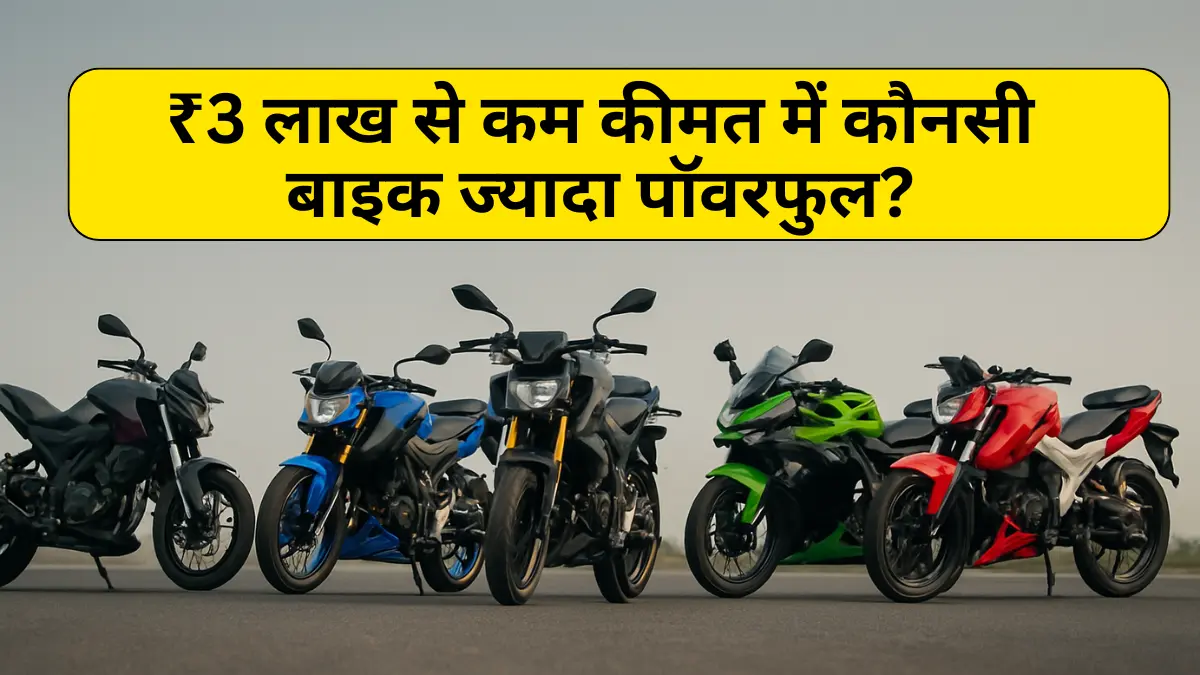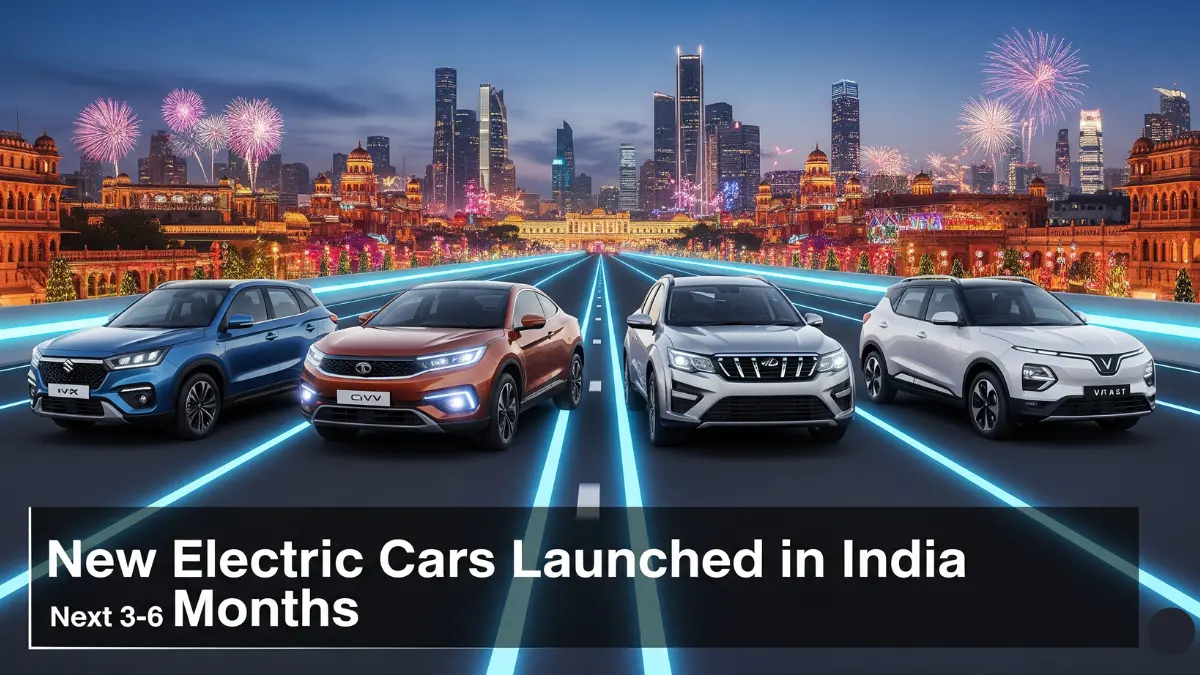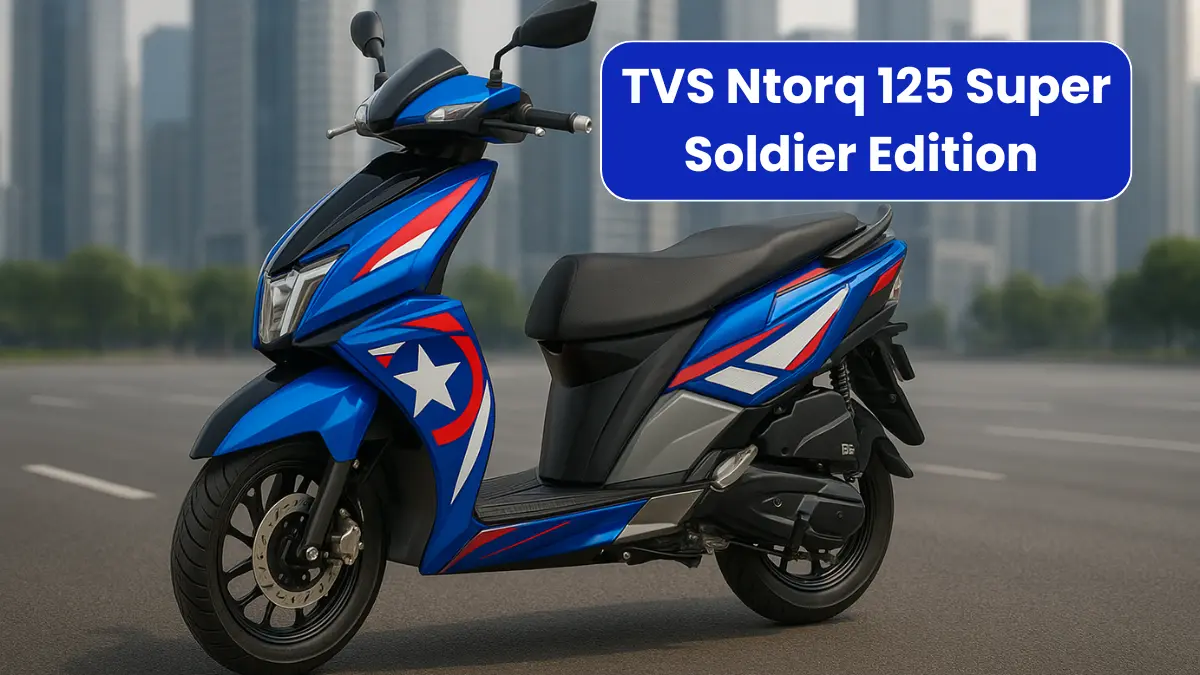GST Reform 2025 | India’s latest GST reform has arrived just in time for the festive season, and it’s reshaping the automobile market in a big way. Touted as a “next-generation” tax overhaul, the revised GST slabs are set to bring down prices across several vehicle categories. From everyday commuters to commercial transport solutions, the new rates aim to make mobility more affordable and practical for millions of Indians.
Hybrid Cars Get a Major Boost – GST reform 2025
One of the biggest beneficiaries of this reform is the hybrid vehicle segment. Until now, compact hybrids running on petrol, diesel, LPG, or CNG were taxed at a hefty 28%. Under the new policy, they fall under the 18% slab. This change applies to vehicles up to 1500 cc and measuring no more than 4,000 mm in length.
For Indian car buyers who want fuel efficiency but aren’t ready to fully commit to electric vehicles, this tax cut makes hybrids a far more attractive option. The reduced cost could give hybrids a real push in a market that’s still warming up to EVs.
Two-wheeler GST cut India
Two-wheelers, the backbone of Indian mobility, have also received a significant tax relief. Motorcycles with engine capacities up to 350 cc now attract 18% GST instead of 28%. This reduction is expected to trigger strong demand, especially among younger riders and middle-class families upgrading from entry-level scooters.
The 56th GST Council Meeting, chaired by Union Minister Smt. Nirmala Sitharaman, has laid out the 7 pillars of Next-Gen GST reforms that will shape India’s economic future.
— MyGovIndia (@mygovindia) September 3, 2025
The outcomes highlight how GST continues to evolve into a citizen- and business-friendly system, driving… pic.twitter.com/qwAvI1yNRp
The biggest gains will be felt in the 100–350 cc category. Popular commuter bikes and scooters in the 100–150 cc range from brands like Hero MotoCorp, Honda, Bajaj, TVS, Yamaha, and Suzuki are set to become noticeably cheaper. Even Royal Enfield’s 350 cc lineup—including the Classic 350, Hunter 350, Meteor 350, and Bullet 350—will reflect price cuts of up to ₹25,000.
However, larger motorcycles above 350 cc face the opposite effect. Their GST rate has been pushed up from 31% to 40%, making high-capacity bikes more expensive.
Three-Wheelers Become More Affordable
The reform also offers welcome relief for the three-wheeler segment, a crucial part of last-mile connectivity in both cities and rural areas. By slashing GST from 28% to 18%, the cost of purchase drops significantly. This not only lowers the financial burden on drivers but also helps keep passenger fares competitive.
Commercial Vehicles and Logistics Benefit Too
It’s not just personal mobility that benefits from the reform. Goods transport vehicles, including trucks and vans, are now in the 18% tax bracket as well. For logistics operators, this means lower fleet acquisition costs. Over time, this can translate into reduced freight charges and improved supply chain efficiency—ultimately passing the savings on to consumers through cheaper goods and services.
Broader Impact Beyond Automobiles – Small cars GST reduction
While the auto industry is clearly in the spotlight, the GST reform also stretches its benefits into households, agriculture, and healthcare. Essential items, medical products, educational supplies, and even certain appliances now attract reduced taxes. These cuts are designed to provide relief to everyday consumers while keeping inflation in check.
Why the Auto Sector Will Feel It First – GST slab restructuring
Among all the categories affected, the automobile sector is expected to see the quickest and most visible impact. India’s growing demand for affordable personal transport, coupled with its reliance on efficient freight systems, makes vehicles a natural starting point for reforms. Lower entry prices for bikes, hybrids, and commercial vehicles could quickly stimulate demand, boost sales volumes, and support broader economic growth.









